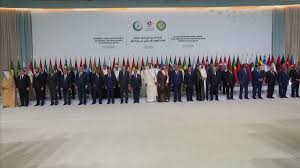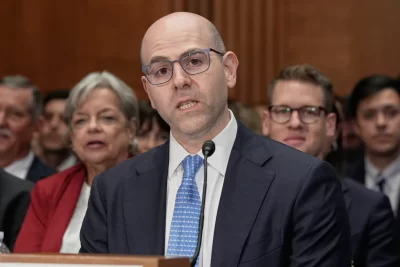
China’s declining aid to the South Pacific is increasingly targeted toward its political allies in the region as appetite there for Chinese credit declines and competition grows with the U.S. for influence, an independent Australian think tank reported Tuesday.
Chinese overall economic influence among the 14 aid-dependent island nations in the region is losing ground because of better loan deals being offered by U.S. allies, especially Australia, the Sydney-based Lowy Institute said in its annual analysis of aid to the region.
Focus on the strategic competition in the South Pacific has heightened since China struck a security pact with the Solomon Islands last year that raised the prospect of a Chinese naval foothold in the region.
China has increased aid to the Solomons and neighboring Kiribati since they switched diplomatic allegiances to Beijing from self-ruled Taiwan in 2019, the report said.
China’s $3.9 billion aid to the Pacific since 2008 was primarily directed to countries with official diplomatic ties to Beijing: These include Cook Islands, Fiji, Micronesia, Niue, Papua New Guinea and Samoa.
“Because China only provides ODF (official development finance) to a subset of Pacific countries, it can play an outsized role in these countries that belies its moderate role share of total regional financing,” the report said.
China was only the third-biggest aid contributor to Pacific after Australia, which provides 40%, then the Asian Development Bank, the report said. China’s contribution since 2008 has been 9%.
The decline in Chinese aid has been driven mainly by a lack of Pacific government interest in Chinese loans that have left Pacific countries including Tonga heavily in debt. The United States has warned that Chinese finance is a debt trap for poor countries that threatens their sovereignty.
“What is very clear is that the interest from Pacific governments in Chinese loans, specifically infrastructure loans, has declined,” Lowry researcher Riley Duke said. “It’s just being outcompeted.”
China held a third share of the infrastructure investment in the Pacific market two decades ago, but that proportion had since halved, the report said.




